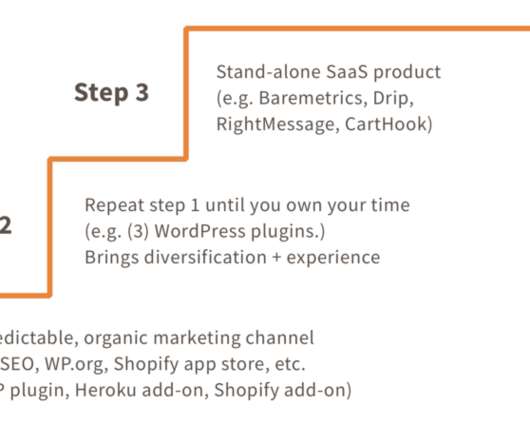30 Entrepreneurs Reveal Their Favorite Business or Entrepreneur Turnaround Story
Hearpreneur
SEPTEMBER 9, 2022
The company didn’t turn a profit until 2003, but by 2005 business was booming – Netflix was shipping out a million DVDs daily. Over the years, despite massive losses, Netflix was able to bounce back and improve its revenue by 47%. Netflix was founded in 1997 by Reed Hastings and Marc Randolph to combat late fees for video rentals.

















Let's personalize your content